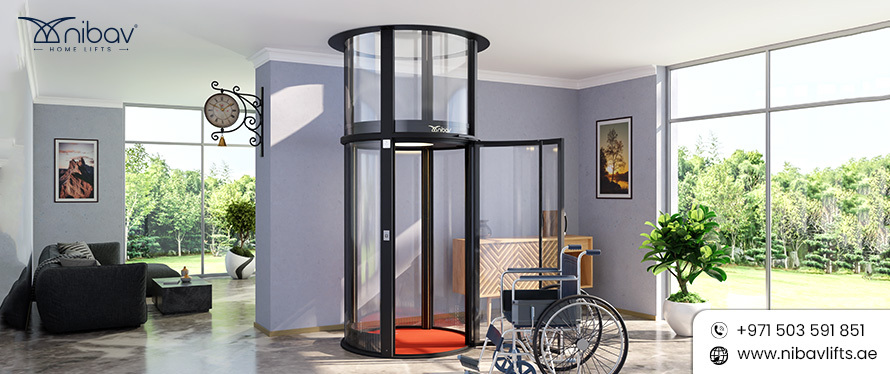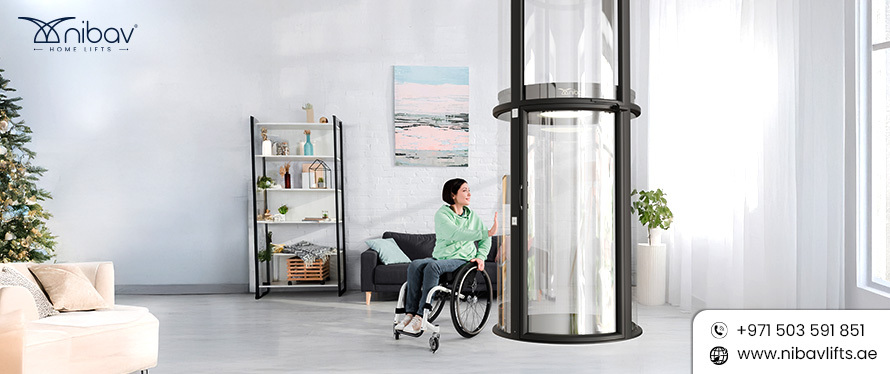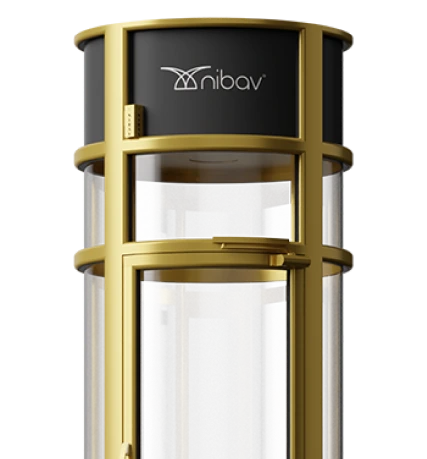Why Wheelchair-Compatible Elevators Are a Must-Have for Modern Homes in 2025
Introduction
In 2025, accessibility and inclusivity are no longer optional but essential components of modern home design. With an aging population and a growing focus on universal design, wheelchair-compatible elevators have become a necessity for homeowners. These elevators enhance mobility and independence and add significant value to properties. This article explores the importance of wheelchair-compatible elevators, their benefits, and why they are a must-have feature for modern homes.
The Importance of Accessibility in Modern Homes
1. Inclusivity as a Core Design Principle
Modern homes are increasingly designed to accommodate people of all abilities. Wheelchair-compatible elevators ensure that everyone, including individuals with mobility challenges, can access all areas of the home with ease.
2. Aging in Place
With the global population aging rapidly, many homeowners are looking for ways to “future-proof” their homes. Installing a wheelchair-compatible elevator allows residents to remain in their homes comfortably as they age.
3. Enhanced Safety
Stairs can pose significant risks for individuals with limited mobility. Elevators eliminate these risks, reducing the likelihood of falls and injuries.

4. Universal Appeal
Homes equipped with accessibility features appeal to a broader audience, including families with elderly members or individuals with disabilities. This inclusivity makes such homes more marketable.
What Are Wheelchair-Compatible Elevators?
Wheelchair-compatible elevators are residential lifts specifically designed to meet the needs of individuals using wheelchairs or other mobility aids. These elevators feature:
- Spacious Cabins: Ample room for wheelchairs and caregivers.
- Wide Doors: Easy entry and exit without obstructions.
- Safety Features: Non-slip flooring, emergency stop buttons, and handrails.
- Customizable Designs: Options to match the aesthetics of modern homes.
These elevators are engineered to provide seamless mobility while prioritizing safety and comfort.
Key Benefits of Wheelchair-Compatible Elevators
1. Improved Mobility
Wheelchair-compatible elevators provide effortless access to all levels of a home, eliminating barriers posed by stairs.
2. Increased Independence
For individuals with mobility challenges, these elevators empower them to navigate their homes without assistance, fostering autonomy.
3. Enhanced Safety
Equipped with advanced safety features like emergency brakes, non-slip surfaces, and handrails, these elevators significantly reduce the risk of accidents.
4. Boosted Property Value
Homes with wheelchair-compatible elevators are viewed as premium properties and often command higher resale values due to their universal appeal.
5. Convenience for Caregivers
Caregivers benefit from reduced physical strain as they no longer need to assist individuals up and down stairs.
6. Aesthetic Integration
Modern wheelchair-compatible elevators can be customized to blend seamlessly into a home’s design, ensuring functionality without compromising style.
Why Wheelchair-Compatible Elevators Are Essential in 2025
1. Rising Demand for Inclusive Living Spaces
The global push for inclusivity has led to an increased demand for homes that cater to people of all abilities. Wheelchair-compatible elevators are a cornerstone of this shift toward universal design.
2. Technological Advancements
Modern elevators come equipped with smart features such as voice commands, energy-efficient systems, and customizable interiors that align with contemporary living standards.
3. Environmental Sustainability
Many modern wheelchair-compatible elevators are designed with eco-friendly materials and energy-efficient technologies, making them sustainable choices for environmentally conscious homeowners.
4. Changing Lifestyle Trends
As multi-generational living becomes more common, homes need to accommodate diverse needs. Elevators provide convenience for all family members, from young children to elderly relatives.
Factors to Consider Before Installation
1. Space Requirements
Ensure there is adequate space for installation without disrupting the existing layout of your home.
2. Weight Capacity
Choose an elevator that can safely accommodate the user’s weight and any additional equipment or passengers.
3. Customization Options
You can opt for features like automatic doors, voice controls, or specific interior finishes that meet your needs and preferences.
4. Budget Constraints
Installation costs vary based on customization options and structural modifications required but typically range between AED 94505 to AED 127305.
5. Compliance with Local Building Codes
Ensure the elevator meets local regulations and accessibility standards in your area.
Nibav Home Lifts: A Trusted Solution
For homeowners seeking reliable wheelchair-compatible elevators, Nibav Home Lifts offers state-of-the-art solutions tailored to modern needs:
- Compact designs are ideal for small spaces.
- Eco-friendly technology that minimizes energy consumption.
- Sleek aesthetics that blend seamlessly into contemporary interiors.
- Easy installation without requiring extensive structural changes.
Nibav’s commitment to quality ensures safety, durability, and user satisfaction—making them an excellent choice for modern homes in 2025.




